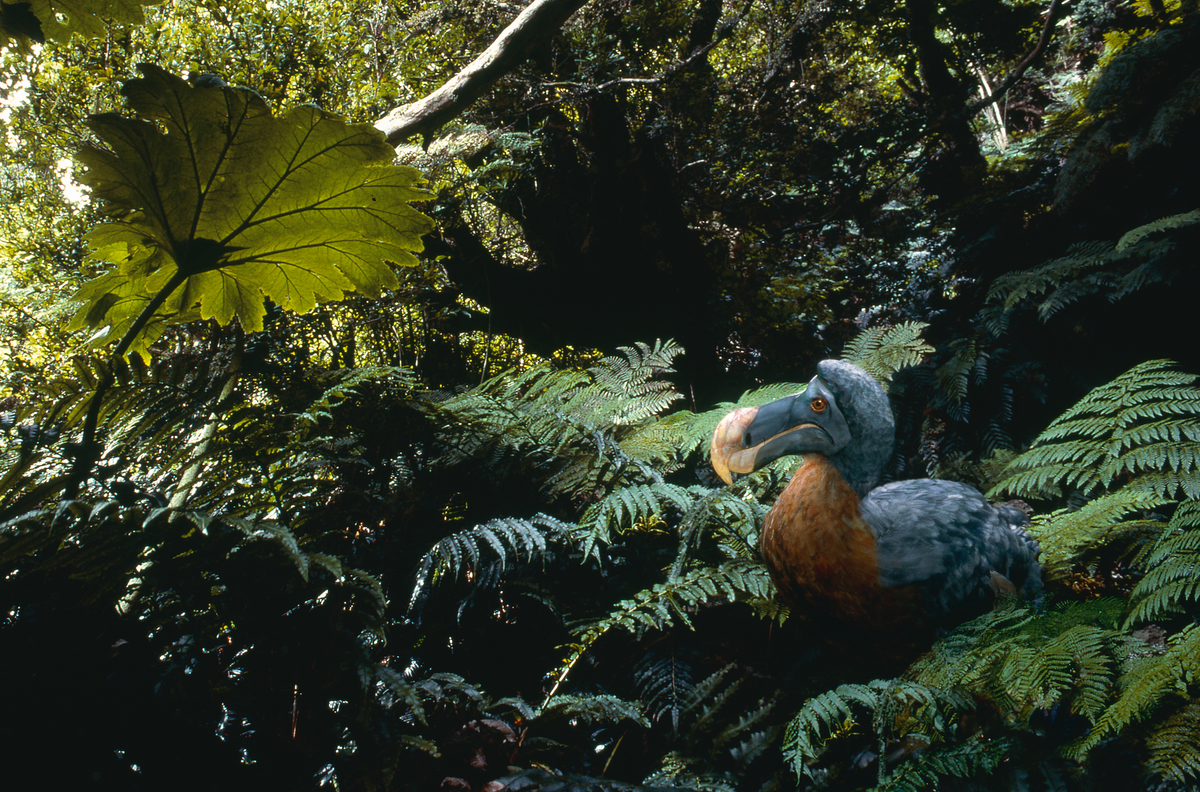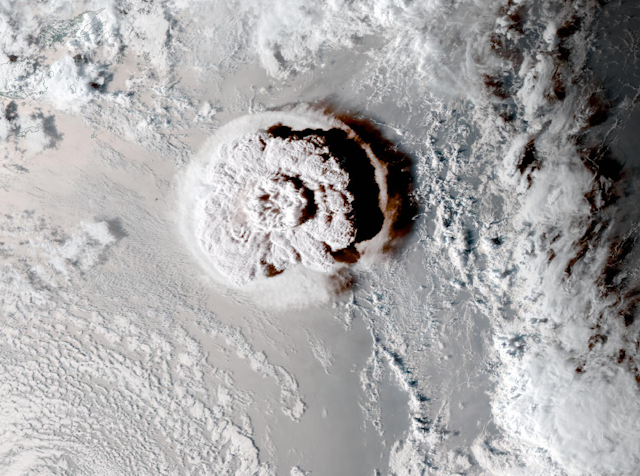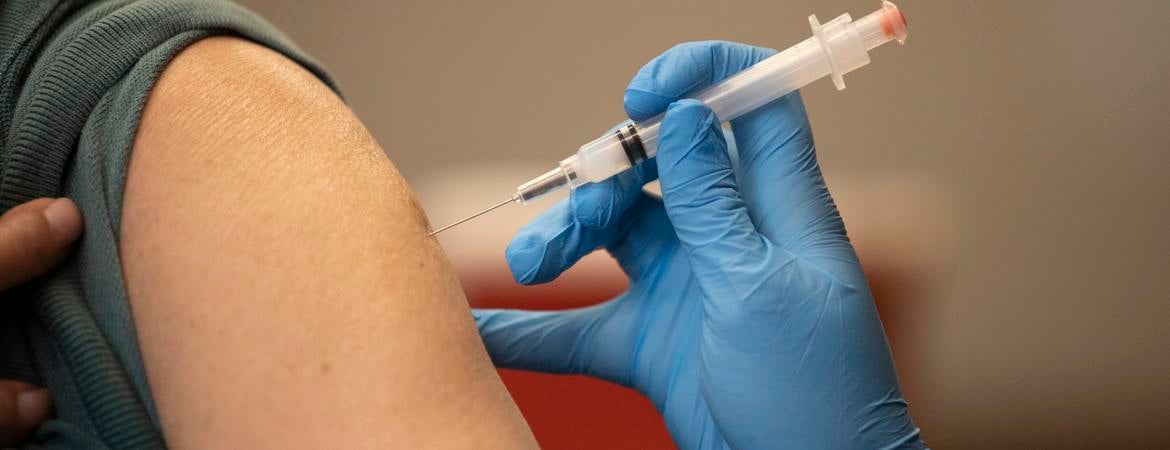Earth’s atmosphere holds an ocean of water, enough liquid to fill Utah’s Great Salt Lake 800 times. Extracting some of that moisture is seen as a potential way to provide clean drinking water to billions of people globally who face chronic shortages.
Existing technologies for atmospheric water harvesting (AWH) are saddled with numerous downsides associated with size, cost and efficiency. But new research from University of Utah engineering researchers has yielded insights that could improve efficiencies and bring the world one step closer to tapping the air as a culinary water source in arid places.
The study unveils the first-of-its-kind compact rapid cycling fuel-fired AWH device. This two-step prototype relies on adsorbent materials that draw water molecules out of non-humid air, then applies heat to release those molecules into liquid form, according to Sameer Rao, senior author of the published in the journal Cell Reports Physical Science and an assistant professor of mechanical engineering.
Source: Compact atmospheric water harvesting device can produce water out of thin air





:max_bytes(150000):strip_icc():format(webp)/covid-mask-GettyImages-1341056884-0456c8e903bf4e0cb87234fd58554485.jpg)

